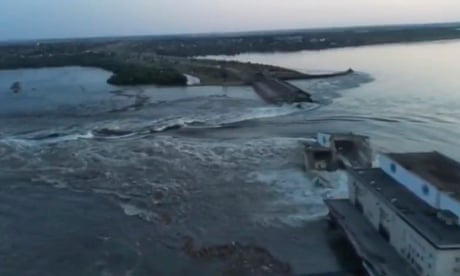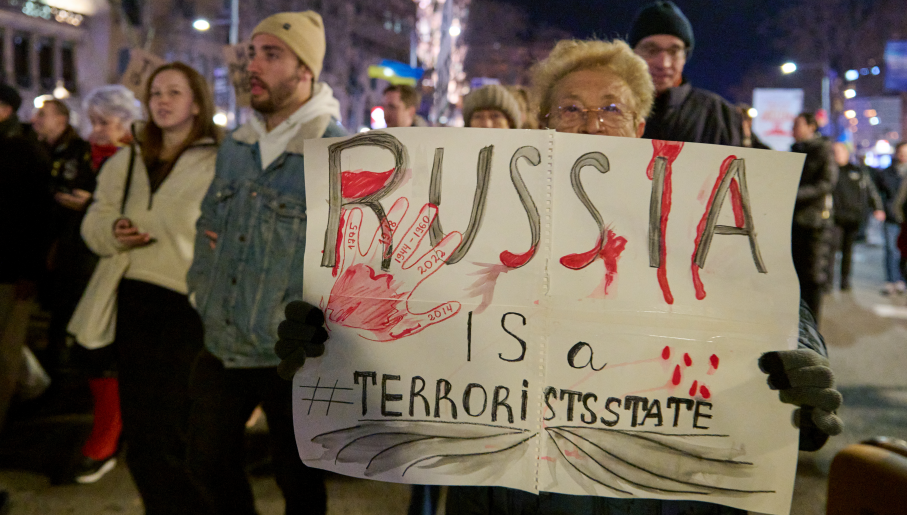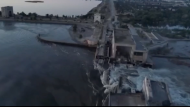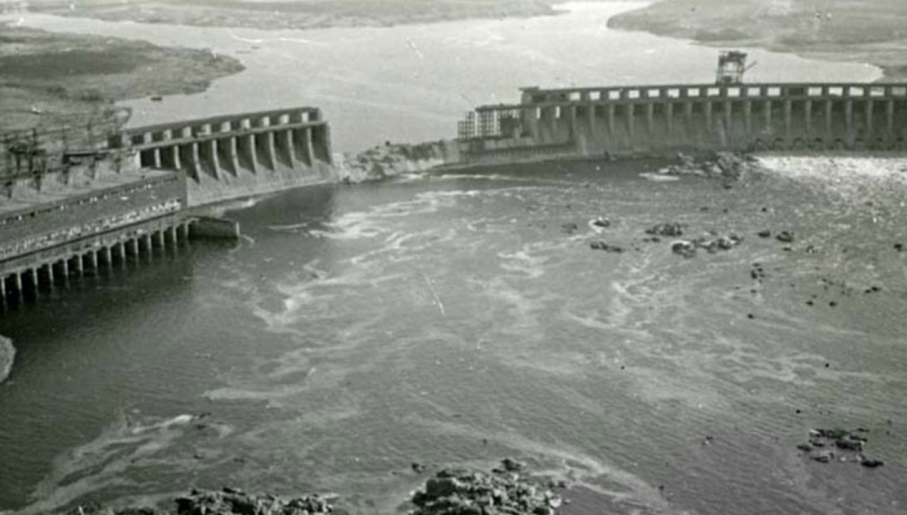Money woes can lead to devastating delays in cancer diagnoses
By Alan Mozes, HealthDay News

Patients diagnosed with cancer who had previously experienced at least one major money crisis were more likely to be identified with later-stage cancer than those without financial upheaval, a recent study found. Photo by leschgarth/Pixabay
Money woes have long been linked to worse healthcare. Now, a new study finds financially strapped patients often put off cancer screenings -- only to learn they have the disease when it's advanced and tougher to treat.
Researchers studied the financial background of nearly 102,000 patients diagnosed with cancer between 2014 and 2015. More than a third had previously experienced at least one major money crisis -- such as bankruptcy or eviction. And those people were more likely to be identified with later-stage cancer than those without financial upheaval.
Later stage disease meant stage 3 or stage 4 cancer.
"These findings are clinically relevant because survival following a cancer diagnosis is generally better for people diagnosed with earlier-stage disease compared with people diagnosed with later-stage disease," said study author Robin Yabroff, scientific vice president of health services research with the American Cancer Society.
"People who are financially vulnerable may be delaying or forgoing healthcare because they cannot afford it," she added.
Yabroff said much is known about the financial hardships that follow a cancer diagnosis, but researchers haven't studied the effects of financial upheaval prior to diagnosis.
She and her colleagues focused on a pool of newly diagnosed cancer patients residing in Seattle, Louisiana and Georgia. They were 21 to 69 years old.
Investigators reviewed consumer data compiled by LexisNexis, which revealed all financial "events" that had taken place in a courtroom setting, including liens, bankruptcies and evictions.
More than 36% of the patients had experienced such an event at least once before learning they had cancer.
Black, single or low-income patients were most likely to have endured a financial crisis, the study team observed. But wealthier folks were not immune: More than a quarter of the best-heeled patients also had a notable financial crisis in their background.
People who experienced major adverse financial events prior to a cancer diagnosis "were more likely to have later stage disease than people diagnosed with cancer but without these adverse financial events," said Yabroff.
According to KFF (formerly the Kaiser Family Foundation) data from 2022, roughly half of American adults say they have trouble affording medical care. KFF adds that about 4 in 10 acknowledge having either delayed or skipped care altogether in the prior year, as a result of cost.
The Affordable Care Act enabled many Americans to obtain free preventive services, including breast, cervical, colon and lung cancer screenings. But Yabroff pointed out that this applies only to people who have health insurance. Many people still lack insurance, she added, "and even some people with health insurance have problems affording healthcare." High co-pays and high deductibles, for example, may cause people to delay screenings or treatment.
In addition, "not all cancers have effective screening tests, and some of these other cancers can be detected in earlier stages during routine medical care," she said. But that depends on patients continuing to access routine care, which may not be possible for those beset by debt.
Yabroff also cited recent KFF survey findings that found 1 in 7 patients with medical debt has been denied healthcare because of unpaid medical bills.
"These barriers can delay follow-up of abnormal screening test results, which can delay cancer diagnosis," she said.
Yet another reason financial stress may ultimately delay a cancer diagnosis is that "people have a limited capacity for dealing with more than one crisis at a time," said James Maddux, a senior scholar with the Center for the Advancement of Well-Being at George Mason University in Fairfax, Va.
"Whether it is due to lack of insurance coverage or lack of an emergency fund, any unexpected illness requiring major surgery, a lengthy hospital stay or long-term treatments can be a drain on people's finances," Maddux noted.
So, are there practical steps financially strapped folks could take?
"Routine medical care and cancer screening are lowest among people without health insurance coverage, so efforts to improve coverage for people without health insurance are critically important," said Yabroff.
But even for those who have insurance, "efforts to improve affordability are also important," she added.
Yabroff further pointed out that medical providers are often involved in connecting patients in need with relevant social services. Evaluation of the effectiveness of these efforts will be important, she said.
The findings were presented Saturday at the annual meeting of the American Society of Clinical Oncology (ASCO) in Chicago. Research presented at meetings is usually considered preliminary until published in a peer-reviewed medical journal.
More information
There's more on money trouble and healthcare at the KFF.
Copyright © 2023 HealthDay. All rights reserved.
.jpg)



























